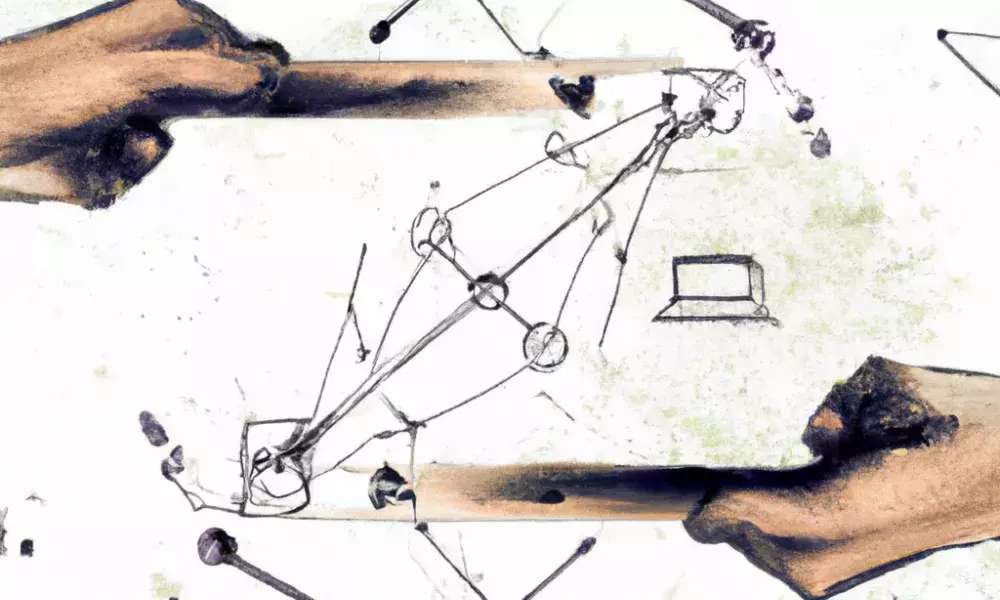How project synergies bring new opportunities: the example of EPIU

Synergies between projects can also lead to the development of new and innovative solutions. By bringing together diverse perspectives and expertise, local authorities can identify new opportunities and approaches that may not have been apparent before. This can result in the development of new public services for example.
Besides, leveraging synergies between projects can also help organizations to manage risks more effectively. Overall, identifying and leveraging synergies between projects can generate a wide range of opportunities for organizations.
EPIU’s project and its synergies: the example with EPAH (Energy Poverty Advisory Hub)
Energy poverty Intelligent Unit project has established many collaborations with other projects during these years. Thanks to UIA events and other forums, many solid relationships have been stablished not only with other UIA projects such as GAVIUS in Gavà or Vilawatt in Viladecans but also with other European and national projects related to energy poverty.
This is the case with the Energy Poverty Advisory Hub, the public service on energy poverty from the European Commission. EPAH has become the central platform of energy poverty expertise in Europe for local authorities and all stakeholders interested in taking action to combat energy poverty in Europe by engaging local authorities and civil society organisations (city, municipal and regional governments, NGOs and other relevant organisations) across Europe on energy poverty mitigation and understanding of the social aspects related to it.
The Energy Poverty Advisory Hub supports local authorities to take action against energy poverty by establishing a support system that includes among others a contact helpdesk, educational material as well as open calls for direct technical support.
Last winter, a first call for technical assistances was launched and 24 proposals representing 35 municipalities across Europe received direct support to take local action against energy poverty. Getafe was one of the selected municipalities to receive a technical assistance to promote the participation of vulnerable consumers into energy communities. Thanks to EPIU, Getafe has consolidated their public policies to protect vulnerable consumers. To receive a support like this, will help to the sustainability of EPIU’s services after the end of the project in the next months. For an industrial and working city such as Getafe this represents a success in the protection of situations of vulnerability.
The seed that EPIU means to Getafe municipality is beginning to bear fruits and synergies that the team have stablished during the running time of the project will remain beyond the scope of the project which represents a valuable treasure and one of the successes of the project.
The project will be running until 2023 so stay tuned to know how it is progressing on EPIU’s website https://hogaressaludables.getafe.es/en/
Or social media channels:
You Tube: https://www.youtube.com/channel/UCaE9esoYPZng6jW3bXk7yng?
Instagram https://www.instagram.com/epiugetafe/
Twitter https://twitter.com/epiugetafe
About this resource
The Urban Innovative Actions (UIA) is a European Union initiative that provided funding to urban areas across Europe to test new and unproven solutions to urban challenges. The initiative had a total ERDF budget of €372 million for 2014-2020.
Similar content




